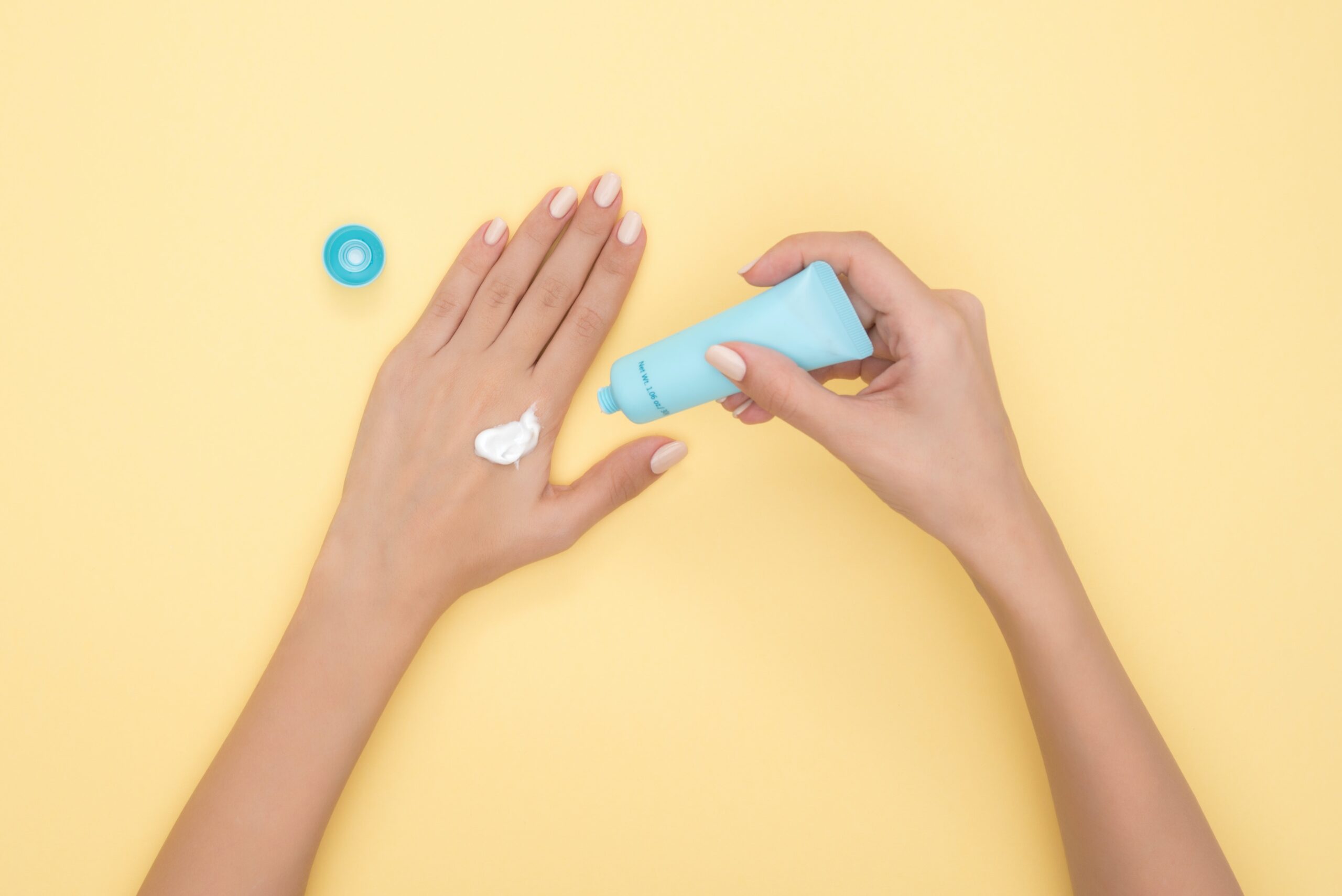How Long Does Tattoo Removal Take?
Are you wondering “how long does tattoo removal take?” The answer isn’t as straightforward as one might hope. It depends heavily on the method used for removal, as well as individual factors such as tattoo size, color, location, and even your skin type. To help you navigate this complex process, we’ve put together a detailed guide covering the timeline for different tattoo removal methods, including the revolutionary Tatt2Away®.
1. Laser Tattoo Removal

Laser tattoo removal is a widely recognized method for eradicating unwanted tattoos. It operates by utilizing concentrated light beams that penetrate the skin and breaks down the tattoo ink, allowing your body to gradually process it through your lymphatic system. So how long does tattoo removal take when it comes to the laser approach?
Session Count: 10 – 15 sessions
However, this method can be time-consuming and laborious. On average, patients may require between 10 to 15 sessions, with each session spaced six to eight weeks apart to allow for healing and the body’s natural ink disposal process. As a result, the entire process can often take anywhere from 1 to 3 years, sometimes even longer for complete removal.
It’s also important to note that laser tattoo removal may not always be entirely effective. Some colors, especially brighter ones, are notoriously difficult to remove, and there’s a chance of incomplete removal or lightening. Furthermore, laser treatment can lead to skin discoloration, particularly in people with darker skin tones. Should you consider laser tattoo removal? Learn more about the process.
2. Surgical Excision

Surgical excision offers a more immediate solution to tattoo removal. In this process, a surgeon cuts out the tattooed skin and sutures the remaining skin back together. How long does tattoo removal take with surgical excision?
Session Count: 1 – 2 procedures
While it can be effective for smaller tattoos, surgical excision typically requires one to two procedures, depending on the tattoo size.
The healing process post-surgery can take several weeks, and patients must take special care to prevent infection and ensure the wound heals properly. Despite the speed of initial removal, surgical excision often leaves behind a scar, which may be significant depending on the tattoo’s size and location.
Related Post: How Painful is Tattoo Removal?
3. Chemical Peels

Chemical peels, another method of tattoo removal, involve applying a chemical solution to the skin to “peel” away the layers containing the tattoo ink. How long does tattoo removal take with chemical peels?
Session Count: Up to 10 or more sessions over several months
Depending on the tattoo’s size and depth, this method can require multiple sessions, sometimes up to 10 or more, spread over several months.
While some people find success with chemical peels, for fading, complete removal can almost never happen with chemical peels alone. There’s also a risk of scarring, skin discoloration, and potential skin irritation or allergic reactions to the chemicals used.
Related Post: Tattoo Removal on Dark Skin Complexions
4. Tattoo Removal Creams

Tattoo removal creams are over-the-counter products that remove tattoos with regular application. These creams often contain chemicals that are intended to lighten or break down the ink on the skin. Although they are a less invasive and more affordable option compared to other methods, the effectiveness of tattoo removal creams is highly debated. How long does tattoo removal take using creams?
Number of Sessions: Varies, often inconclusive
Tattoo removal creams usually require daily application over an extended period, which could range from weeks to months or even longer. The number of sessions required for these creams to show any effect is difficult to determine, as their effectiveness varies greatly between individuals and tattoos. Many users report minimal or no visible improvement after using tattoo removal creams, while some may notice slight fading.
It is essential to note that tattoo removal creams are not regulated by the FDA, and their safety and effectiveness have not been clinically proven. In some cases, these creams can cause skin irritation, burns, or other adverse reactions.
Related Post: Is at Home Tattoo Removal Effective?
5. DIY Tattoo Removal Methods

There are several do-it-yourself (DIY) tattoo removal methods that people have tried, such as using salt or lemon juice to fade tattoos. However, these methods are not recommended, as they can cause severe skin damage and often have little to no effect on the tattoo itself.
Number of Sessions: Not recommended
While the idea of removing a tattoo at home might sound appealing due to its low cost and accessibility, it is essential to understand the risks involved. DIY tattoo removal methods can lead to infections, scarring, and permanent skin damage, as they typically involve abrasive or corrosive substances that can harm the skin. Instead of attempting these risky methods, it is always best to consult with a professional tattoo removal specialist who can guide you toward safe and effective options.
Related Post: The Easiest and Hardest Tattoo Ink Pigments To Remove
6. Tatt2Away Non-Laser Tattoo Removal (Healthy and Organic)

Tatt2Away presents a groundbreaking approach to tattoo removal. This non-laser method uses a patented technique to lift the ink out of your skin, rather than breaking it down. How long does it take to remove a tattoo using Tatt2Away?
Session Count: 3 – 5 sessions
With Tatt2Away, more ink is removed in each session, significantly reducing the number of treatments needed. Generally, tattoos can be entirely removed with Tatt2Away in just 3 to 5 sessions, each spaced 8 – 12 weeks apart. As a result, most tattoos can often be completely erased within a year, depending on the tattoo’s size and complexity.
Besides being faster, Tatt2Away also proves to be less painful and more effective than many traditional methods. It does not differentiate between ink colors, making it equally effective for all tattoos, regardless of their color or depth. The process also tends to cause less damage to the surrounding skin, minimizing the risk of scarring or discoloration.
In conclusion, tattoo removal is a process that requires patience and commitment. While methods like laser removal, surgical excision, dermabrasion, and chemical peels have varying levels of effectiveness and session requirements, the non-laser Tatt2Away method offers a potentially faster, less painful, and more effective alternative. It is always recommended to consult with a professional to discuss your tattoo removal options and find a solution that best fits your specific needs and circumstances.
For more related content to “How long does it take to remove a tattoo?” be sure to visit our tattoo removal blog for the latest news and trends.
